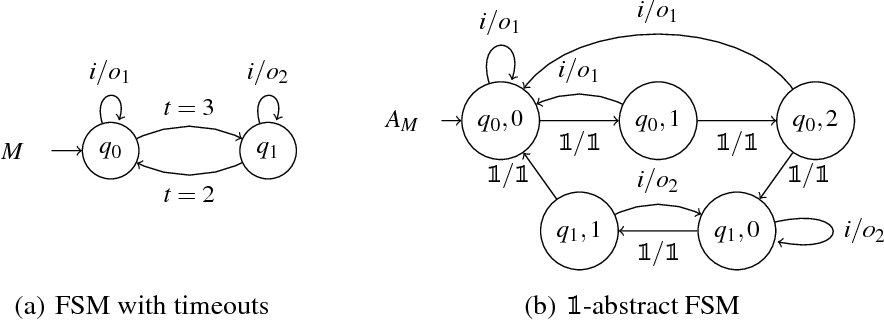
$q_0$ is, well, $q_0$ because we chose to use that matching label for the state. These are the characters that we can supply as input. These are simply labels for states, so we can use any symbol that is convenient. (We will choose to always write the characters on either side of the river in alphabetic order.) We want to end up with everything on the other side of the river: |CDGM.įor example, for the FA shown here, we would say that: We can model this by labeling situations using the characters M C G D | to denote the man, the cabbage, the goose, the dog, and the river, respectively.įor example, we start with everyone on one side of the river: CDGM|. How can the man get across the river with all his items intact? If he leaves the dog alone on either shore with hte goose, the dog will kill the goose. If he leaves the goose alone on either shore with the cabbage, the goose will eat the cabbvage. The boat is so small that he can take only himself and one of his accompanying items at a time. On the shore in front of him is a small rowboat. He has with him a head cabbage, a goose, and a dog.

2 An Opening ExampleĪ man stands on the side of a small river. It is, however, powerful enough to have quite few practical applications, while being simple enough to be easily understood. Not all things that we regard as “computation” can be done with FAs. This is, as we will see, a computation model of somewhat limited power. Some of these states being acceptor or final states.

Papers were less formal than reports and did not require rigorous peer review.
FINITE STATE AUTOMATA PROFESSIONAL
The paper was a product of the RAND Corporation from 1948 to 2003 that captured speeches, memorials, and derivative research, usually prepared on authors' own time and meant to be the scholarly or scientific contribution of individual authors to their professional fields.

This report is part of the RAND Corporation Paper series.


 0 kommentar(er)
0 kommentar(er)
